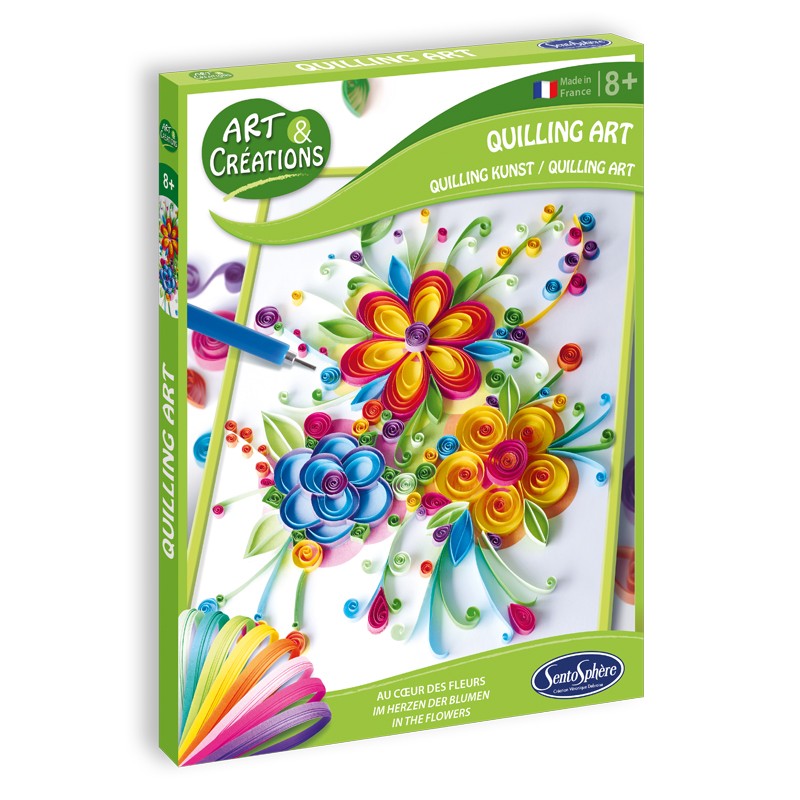
Continental knitting is a style of knitting that is sometimes mistakenly called German or European knitting. It is a form of knitting that is done using the left hand, regardless of the name. It's similar to crocodile knitting but uses more steps and techniques. There are many types of continental knitting.
Purl stitch
Continental knitting is a type of knitting that uses the purl stitches. For knitters who are not right-handed, it is difficult to grasp the stitch. But with practice, you will learn how to do it faster and complete your projects more quickly. To make this stitch, you must hold the working yarn in your left hand. The yarn can be moved forward by the right hand using your middle finger, or your thumb.
The Eastern European Knitting style is also known by the Continental knitting method. It is similar to Portuguese Knitting, but it has some extra features that make it more useful. For one, the purl stitch is easier to work with.
Combined knitting
A type of knitting that mixes Eastern-style knitting with Western methods is called Combined knitting. Mary Thomas, a book author, first used the term in 1938. It was described as better than flat knitting by Mary Thomas. Today, the technique is popular among knitters. Combining knitting is often used in patterns made up of multiple colors. This method can be very time-consuming.

Combination knitting is different than traditional English knitting. It does away with the need to wrap the yarn around a needle with your right index finger. This saves both time and wear and tear on the ligaments and joints. This allows the yarn to be held in the left handed, while the right hand is used to 'hook the yarn' through the stitch. This method is similar to knit and purl stitches, but the yarn travels a straighter path around the needle for both. The result is a more dense fabric with an even tension.
Picking
You will have to work faster to pick continental knitting than English knitting. Instead of knitting with your hands, you can use your left index finger to move between the needles. It becomes second-nature eventually. It is also used to guide the yarn to its right end with the middle finger.
Continental knitting is a fast and simple way to make a garment. To work the yarn, use the left-hand needle and then move the stitch to the right. This makes knitting faster and is an excellent choice for left-handed knitters.
Combining
There are many benefits to combining continental knitting with other knitting methods. It increases speed and decreases hand fatigue, among other benefits. The technique is equally suitable for experienced knitters and novices. This technique can also help you knit more efficiently. If you are interested in learning to knit, this is the style for you.
Combination knitting combines the traditional Western knitting technique with several techniques found in the Near/Middle East as well as Far Eastern Europe. Annie Modesitt teaches online combination knitting and is considered a knitting god. Watch her online free class.

Combining knitting
The first step in continental knitting is picking the right needle. This is an alternative method to using a long tail and cast on. It provides a stronger edge. Left-handed knitters will find the continental method easier. Elizabeth Zimmermann, a world-famous knitting expert, died in 1999.
The difference between combination and continental knitting is subtle, although it looks very similar. This subtle difference is often misunderstood by many combination knitters. The combination stitch can be mistaken for a purl stitch.
FAQ
How much does a hobby cost you?
Hobby costs nothing except time. If you're serious about it, however, it may take you many years to reach your goals.
One thing can help you. It's called passion. If you feel passionate about your chosen field, you'll find it easier to put in the work required to achieve your goals.
You may become addicted to the activity once you have put in enough hours. This is where the real joy begins. Because now you are doing something you enjoy, and you are getting better at it all the time. By the end of the year you'll have probably made a lot of progress.
Don't be too concerned about how long it takes. Give it a shot. You may be surprised!
What types of hobbies are suitable for introverts?
Introverts can concentrate on one thing at the same time. They enjoy solitude and prefer to read, write, play music, watch movies, etc.
They enjoy being alone and spending time alone. They are not social creatures and don't want to be around people all day. They can even become bored when they're surrounded by people.
Introverts are often drawn to hobbies that require solitude. You might find them reading books, listening, playing music, taking photos, writing poetry or painting.
Some introverts prefer to live alone. They can focus on their hobbies and not be distracted by other people.
What are your favorite hobbies right now
Popularity isn't always a good thing. It is often used to excuse mediocrity. The fact is that most people do not have time to pursue any hobby they want. They are too busy working to make ends meet. You don't have the time to do all of these things. Start a business.
This isn’t easy. There are many obstacles that must be overcome before you can realize your vision.
If you are looking for something more than running a business you might consider starting a hobby.
Hobbies do not have to be limited to creative pursuits. There are many hobbies. These hobbies include:
-
Gardening
-
Cooking
-
Photography
-
Reading
What are some great hobbies?
Doing something you enjoy is the best hobby. You'll be more motivated to do what you love. It will also be easier to find a reason to stop feeling tired or sick.
The hobbies we all love are gardening, painting and crafting, photography.
Another option is to volunteer at a local charity shop.
Perhaps you want something more adventurous. Take up skydiving or rock climbing, parasailing, parasailing and paragliding.
There are many other ways to spend time outside. These include caving and cave tubing.
What are observation hobbies?
Observation hobbies are activities where you observe people doing what they do. These hobbies could include reading books, watching sports, or going on vacation. It could also include observing others.
Observation hobbies can be very beneficial because they allow you to learn how creative thinking works. This knowledge will be useful later in your work for others and yourself.
If you are passionate about something, you will find it easier to learn about it.
If you are interested in learning more about football, for example, you might watch a match or read a book. Visit or take photographs to learn more about the art of photography.
If you love to play music, there are two options: either buy a new guitar online or follow along with the songs.
You could also choose to cook at home or go to restaurants if you are a good cook.
If you love gardening, you might grow vegetables or flowers.
If you are a fan of dancing, you can join a class or go out with your friends to learn.
You could also paint pictures if you are a fan of painting.
If you like writing, you could write stories or poems.
You might enjoy drawing pictures, if you are a good artist.
If you are passionate about animals, you can look after them or work at the zoo.
You could choose to study biology, maths, chemistry, or physics if you are interested in science.
If you like history, you could read books, watch films or listen to podcasts.
If you enjoy traveling, you can travel around the world or just explore your own area.
Statistics
- In comparison, men in the “no humor” condition were refused 84.6% of the time and were only accepted 15.4% of the time. (time.com)
- A new survey by Pew Research Center of teens ages 13 to 17 finds that 36% of girls feel tense or nervous about their day every day; 23% of boys say the same. (pewresearch.org)
- Much of this decline reflects the fact that teens are less likely to work today than in the past; among employed teens, the amount of time spent working is not much different now than it was around 2005. (pewresearch.org)
- The Role of the Mind in Sex, Dating, and Love: Men in the “humor” condition received phone numbers from 42.9% of the female participants and were refused 57.1% of the time. (time.com)
- The intensity of the dialogue partners' bond at the end of the forty-five-minute vulnerability interaction was rated as closer than the closest relationship in the lives of 30 percent of similar students. (time.com)
External Links
How To
How to get started gardening
Gardening is one of the oldest forms of agriculture. It takes patience, persistence, determination, and perseverance. You must choose a suitable location to start your garden. This could be on a large piece of land or in your backyard. Next, choose what kind of plants you would like to grow. Do you prefer flowers over vegetables? Some people enjoy growing herbs and others prefer raising livestock like rabbits. Before you decide on the type of crops you want to plant, it is important to consider the space available. If you live in a region that experiences cold winters then it is possible to grow fruits and berries.
After you have decided what you want to plant, it is important that you prepare the soil. How your plants perform is dependent on how well the soil you use. A good soil has organic matter which helps to feed the roots of your plants. Organic matter can include leaves, twigs and grass clippings as well as manure and compost. You need nutrients to your soil after you have prepared it. The type of plant you intend to grow will dictate the amount of nutrients you need. Online fertilizer calculators can be used to determine these values. Many fertilizers are available, so make sure you know what you are buying.
Now you need to wait for the seeds to germinate. The process can take between 2 and 3 months depending on how hot or cold it is in your region. Once your seeds have sprouted, you need to water them regularly. Watering your plants too little or too often can cause problems. Make sure to give your plants water at regular times and not overwater. Overwatering can lead to root rot and fungal diseases. Keep in mind that plants are more thirsty during summer than winter. Remember that some plants require drying out after being watered. For tomatoes, it is important to keep them moist but dry. Soggy soil is not a good choice for tomatoes. After the plants have finished flowering they must go dormant. The time when plants stop producing new life and store energy for the next season is called dormancy. Dormancy is when the plant stops sending signals back to its roots for food production. The plant continues to store energy during this time. However, if the temperatures drop below freezing and there isn't enough sunlight, the plant will go to sleep.
Urban environments may limit the variety of plants you can grow. Urban areas tend to contain concrete sidewalks, roads, buildings, and parking lots that block sunlight from reaching the ground. Concrete absorbs light and prevents soil below from getting sufficient sun exposure. Many plants can't survive in urban environments due to lack of sunlight. There are still plants that thrive in urban environments. Many trees, shrubs, perennials, and other plants can adapt to urban life. Many annuals can be grown indoors, too, in containers. You can have fresh greenery all year round with container gardens.
You are now ready to plant your garden!